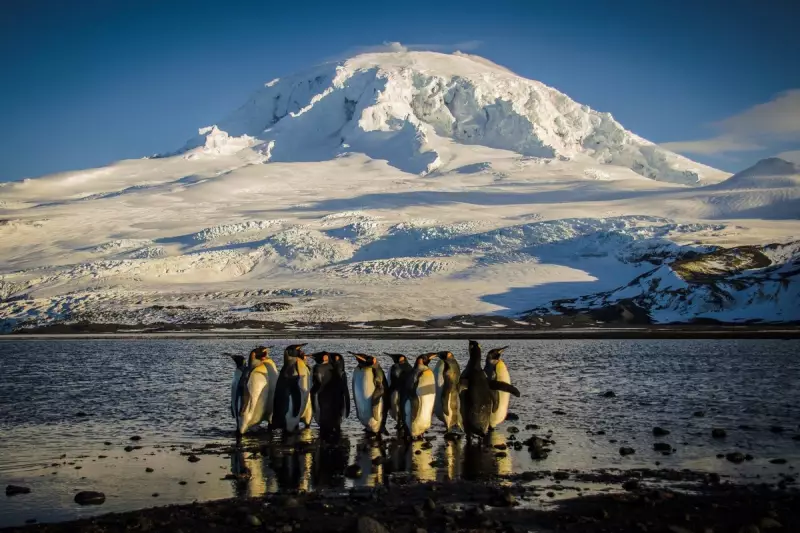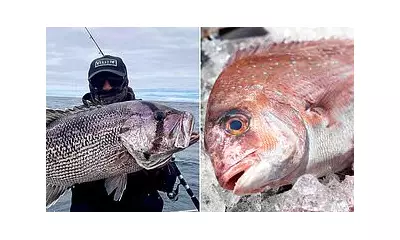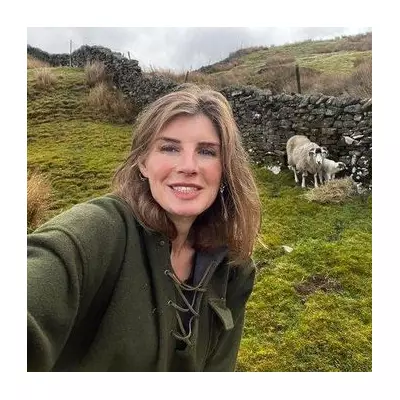
A catastrophic bird flu outbreak has wreaked havoc on the remote sub-Antarctic island of South Georgia, claiming the lives of thousands of seal pups in what scientists are calling an unprecedented wildlife tragedy.
Mass Mortality Event Strikes Vulnerable Populations
Conservationists working with the British Antarctic Survey have reported devastating scenes across the island's breeding grounds, where elephant and fur seal pups have been particularly hard hit. The Highly Pathogenic Avian Influenza (HPAI) has demonstrated alarming transmission capabilities, jumping from bird populations to marine mammals with deadly efficiency.
Remote Location Offers Little Protection
South Georgia, a British Overseas Territory located approximately 1,400 kilometres east of the Falkland Islands, represents one of the world's most significant wildlife habitats. Its very remoteness, which typically protects its diverse ecosystem, has proven insufficient against the relentless spread of this viral threat.
Scientific Community Sounds Alarm
Dr. Norman Ratcliffe, a leading seabird ecologist with the British Antarctic Survey, expressed grave concerns about the outbreak's implications. "The scale of mortality we're witnessing is deeply troubling," he stated. "This represents one of the most significant disease-driven mortality events in the history of sub-Antarctic wildlife conservation."
Broader Ecological Implications
The outbreak raises urgent questions about disease transmission in polar regions and the vulnerability of previously isolated ecosystems. Scientists are particularly concerned about:
- The potential for further spread to other marine mammal species
- Long-term impacts on seal population recovery
- Increased vulnerability of species already facing climate change pressures
- The possibility of the virus establishing itself in Antarctic ecosystems
Conservation Efforts Intensify
Research teams have intensified monitoring efforts across the region, implementing strict biosecurity measures to prevent further spread. The international scientific community is collaborating to better understand the transmission dynamics and develop strategies to protect remaining populations.
This devastating event serves as a stark reminder of the interconnectedness of global ecosystems and the vulnerability of even the most remote wildlife habitats to emerging disease threats.





